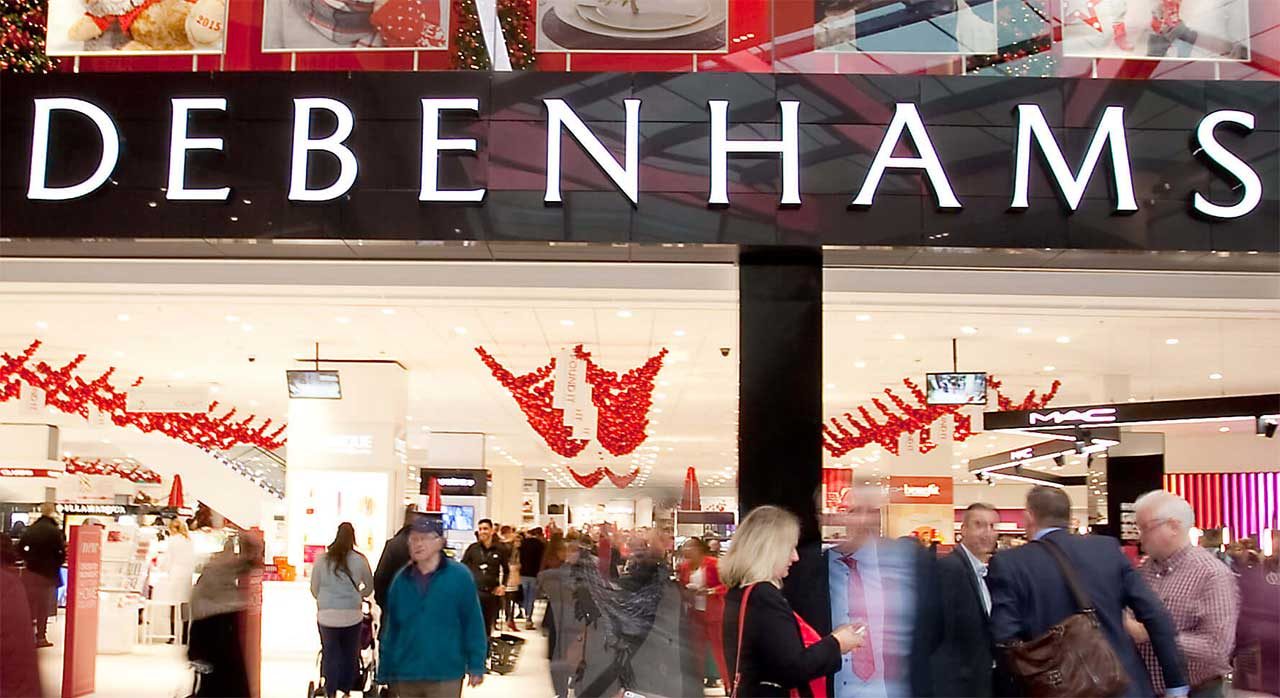This article is from the Australian Property Journal archive
UK department store Debenhams, which debut in Australia last year, will close up to 50 stores after posting a loss result.
Debenhams posted a statutory loss of £491.5 million pounds for FY2018 compared to a profit of $59 million in FY2017. Group EBITDA fell 27.5% to $157.3 million. Dividend per share fell from 3.425p to 0.50p.
CEO Sergio Bucher said the is taking decisive action in challenging market conditions to generate cash, reduce debt and reshape store estate.
He announced that the retailer will close up to 50 under-performing stores over 3-5 years.
“It has been a tough year for retail in 2018 and our performance reflects that. We are taking decisive steps to strengthen Debenhams in a market that remains volatile and challenging.
“At the same time, we are taking tough decisions on stores where financial performance is likely to deteriorate over time,” he added.
Like-for-like sales declined 2.3%. Digital growth accelerated in H2 to 16%, continuing to outpace the overall market. Mobile demand grew c.20%.
Bucher said discounting has been a feature of its core markets throughout the past year. As a result, gross margins declined by 140 bps. Terminal stocks were slightly lower than in FY2017 at 2.7%, at the lower end of the normal range.
Bucher said unlike many of its store-based retail peers, Debenhams do not have a long tail of loss-making stores.
“However, our UK occupancy costs account for c£290m or approximately 13% of current Gross Transaction Value (CTV). Our analysis shows that approximately 110 of the 165 UK stores are currently over-rented.
“We therefore face a potential annual occupancy cost headwind of c.£12m. We are, however, actively in discussions with landlords about reducing and regearing opportunities to mitigate this headwind, benchmarking against recent changes achieved by some competitors.
“We have undertaken a comprehensive review of our portfolio, with a detailed analysis, based on current market trends and looking forward up to five years. As a result, we have identified a further 40 stores beyond the 10 originally identified, that are operating in challenged markets where we no longer see a long term future. They account for approximately 15% of our GTV.
“We have identified a profitable core of up to 100 stores in flagship and vibrant markets where we can see a positive return on future investment. These stores account for c.80% of our GTV and a higher proportion of profit. We will assess the performance delivered by the nine stores now trading with formats reflecting our new design principles over peak, to determine the level and speed of future investment in these stores,” he added.
Meanwhile the balance of approximately 20 stores remain profitable but are not likely to deliver a return on further investment in current markets.
“We are therefore seeking alternative solutions for these stores, which will vary from store to store depending on local market conditions.”
Debenhams launched into Australia last year to much fanfare. Its first store opened in Melbourne.
Australian Property Journal




